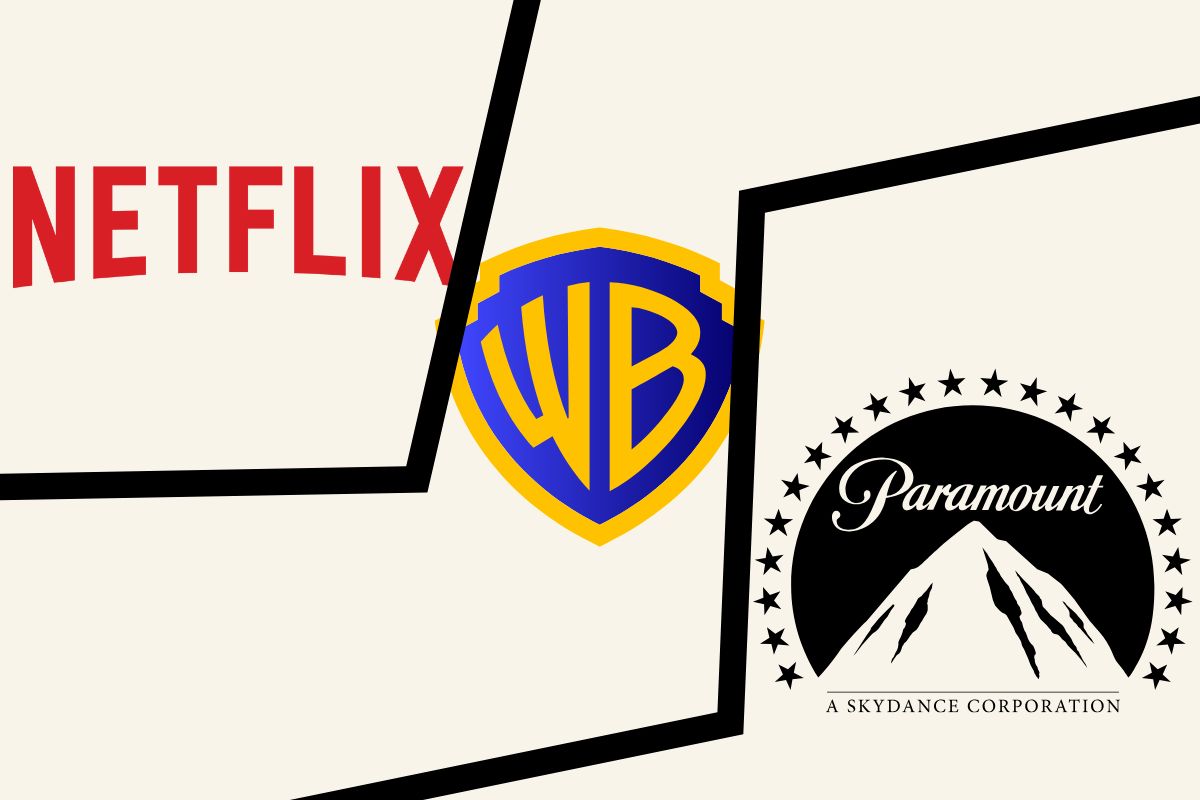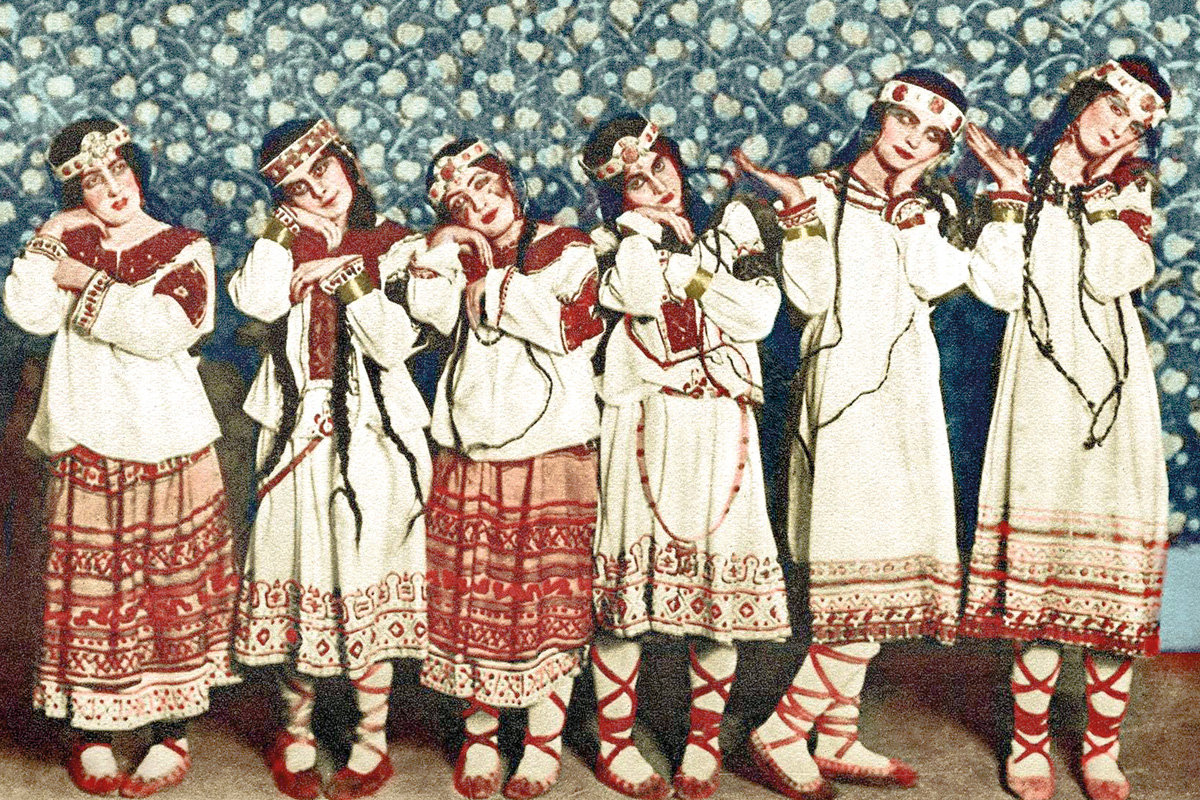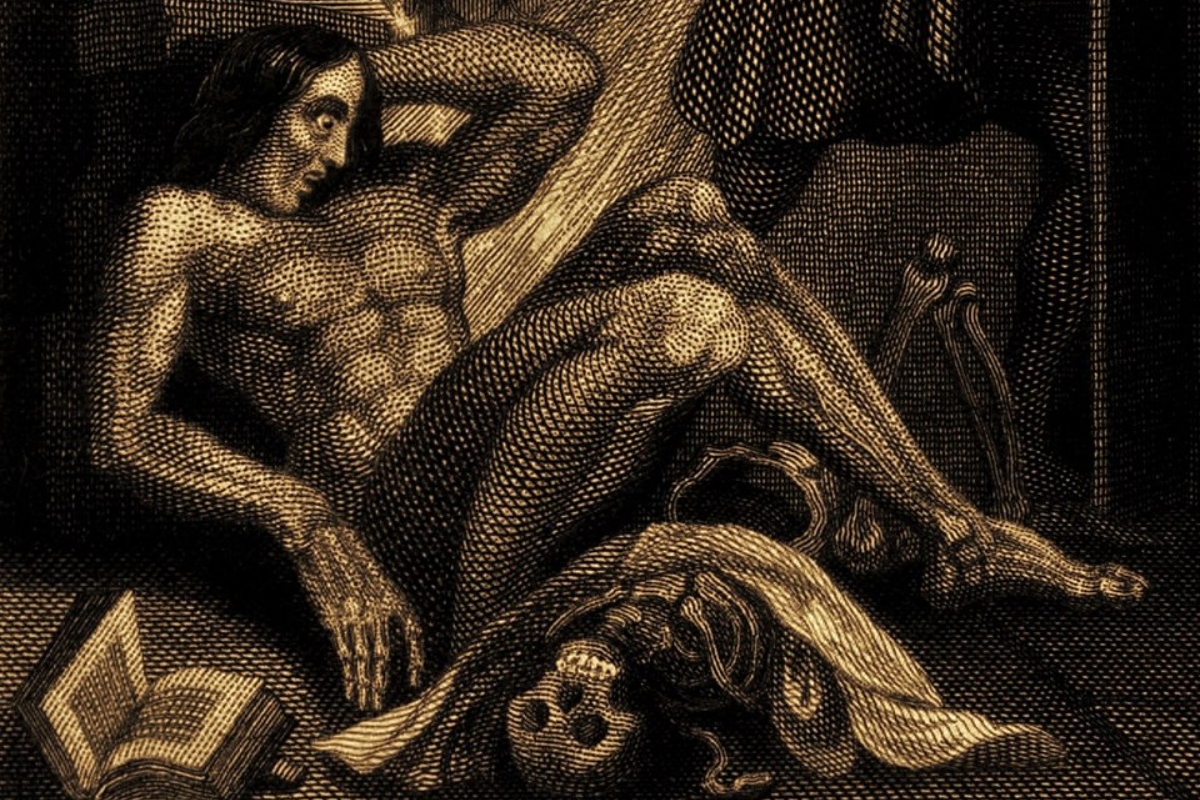Barry Lyndon: Hedonism and misadventure on the eve of the bourgeois revolutions
Deryn Warner, Cambridge
This year marks the 50th anniversary of Stanley Kubrick’s 1975 film Barry Lyndon. Though the film performed shoddily by Kubrick’s standards, critics always saw the artistry in it: Roger Ebert even called it “one of the most beautiful films ever made”.
Contemporary perception has come to agree, and the film is screening in UK cinemas this summer, an opportunity to witness this piece in its best format.
The film follows the misadventures of an outlawed petty Irish landowner in mid-18th century Europe. Redmond Barry, later known as Barry Lyndon, is the very picture of a self-interested rogue.
The film’s tragic structure, an evolution from the Shakespearean, follows the inevitable doom of Barry’s frantic clutching at wealth and status – a fitting reflection of the inevitable demise of the landed gentry.
Primarily libidinal, cowardly and entirely self-serving, Barry pursues schemes in search of gold and glory, each one ending in greater opportunity for the Irishman even as he faces misfortune.
Barry’s ultimate grasp at power, the aspiration to a noble title, finally results in his downfall. Unable to fully mask his origins, he feuds with his stepson and spends all his money impressing dignitaries, ultimately fleeing into obscurity and drowning himself in alcoholism.
Though by no means a consciously Marxist film, its artistic authenticity imparts an understanding of Europe before the French Revolution.
Typically, “historical accuracy” in film criticism is lamentably limited to props and costumes. Barry Lyndon nails these particularities, but it transforms them into a whole that is more than the sum of its parts. The production lives in the 18th century, down to music, language, and cinematography straight from period paintings.
Through this holistic approach, it becomes something higher, communicating something of the essence of the 1750s. It is a beautiful film of great value to those who would like to understand the imperialist wars and class antagonisms of the bourgeois revolutionary period.
‘Barry Lyndon’ is showing now in selected cinemas and is available to stream online.
They’re Soviet spies!
Ruby and Georgina, Tottenham
The Americans (2013 – 2018) is quite a dark show, so you do need to be ready for that when you’re watching it. It’s not a relaxing watch at all. It’s set in the US in the 1980s during the Cold War, and it’s about Soviet spies who live next door to an FBI agent.
It has all the gadgets, codewords, disguises, close calls and negotiations at gunpoint you might expect.
But what’s best about The Americans is how it is able to convey the tension of the period through the writing and development of the character’s relationships; a ‘show, don’t tell’ approach.
It uses all scaffolding of ‘they’re Soviet spies!’ to place a spotlight on and examine the genuine moods of the time: the uncertainty, the anxiety, the continual rippling economic, social, cultural impacts of the push and pull between the USA and Soviet Union…
And it doesn’t let up for a moment across five seasons!
‘The Americans’ is available to stream on Disney+
‘Unseeing’ in the city
Mia, Kensington
I was given China Miéville’s 2009 ‘weird fiction’ novel, The City & The City, for my birthday, and I haven’t stopped recommending it to people since!
It follows a murder investigation across two fictional, neighbouring city states: Besźel and Ul Qoma.

Only these cities exist not just near to each other, but on top of each other. They are completely interwoven – geographically, at least.
Because while a single street can be shared between both cities, the citizens of each are forbidden from acknowledging the other on pain of secret police abduction. They must ‘unsee’ the other city even as they walk on the same pavements, drive on the same roads, and live in houses side by side.
It’s a mind-bending state of affairs, and only becomes more so once the legend of a secret ‘third’ city, existing in the shadows between Besźel and Ul Qoma, gets thrown into the mix.
The City & The City gives you food for thought on a lot of things, and thankfully at no point tells you what to think about them.
But what really made this story stick with me was just how possible a situation like the two cities felt, despite its impossibility.
How often do we find ourselves walking around our own cities, politely ‘unseeing’ the misery capitalism inflicts? It’s a habit that feels eternal, unshakable – until, as this story shows us, it isn’t.
‘The City & The City’ is available from all book sellers.





